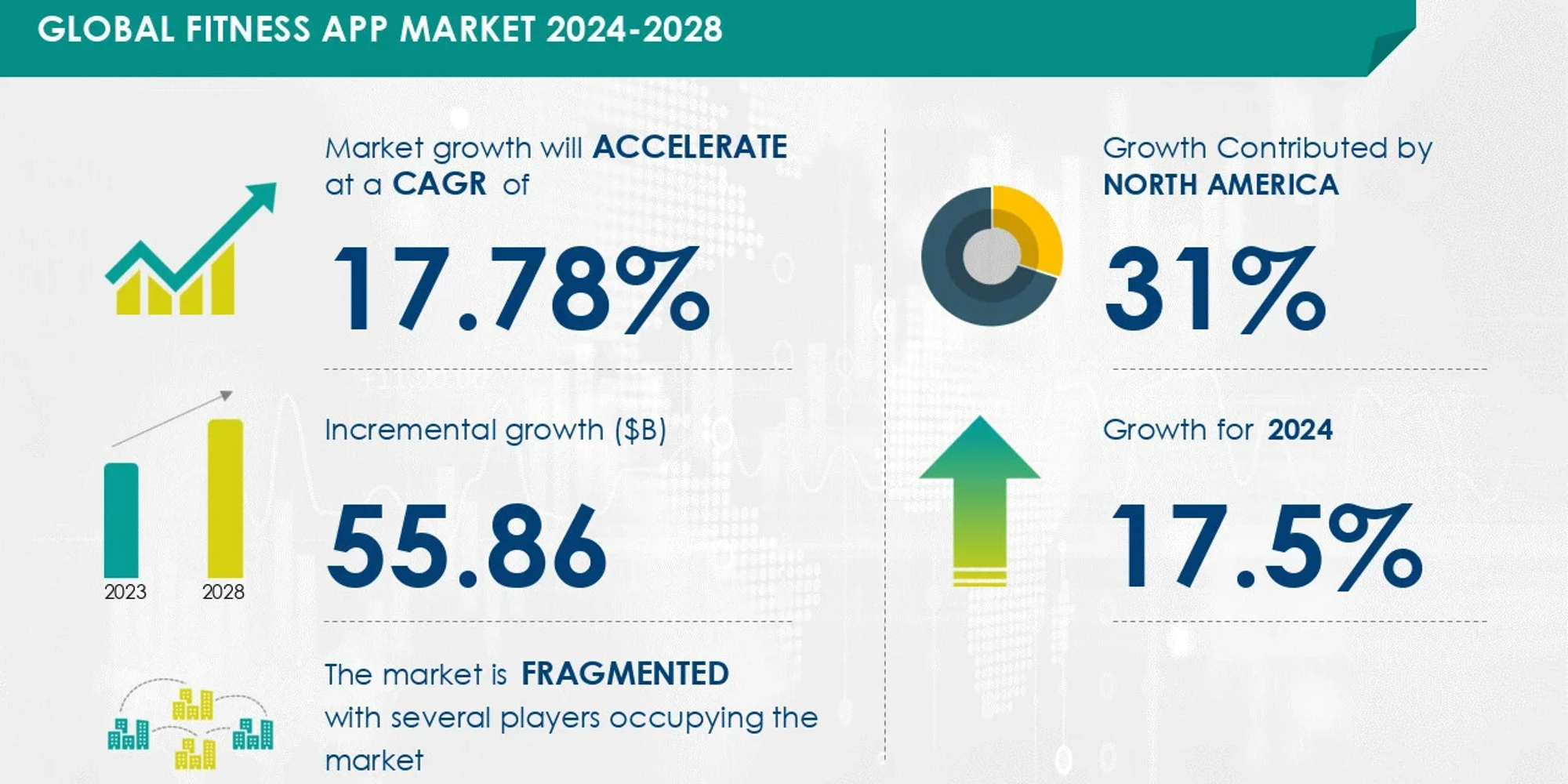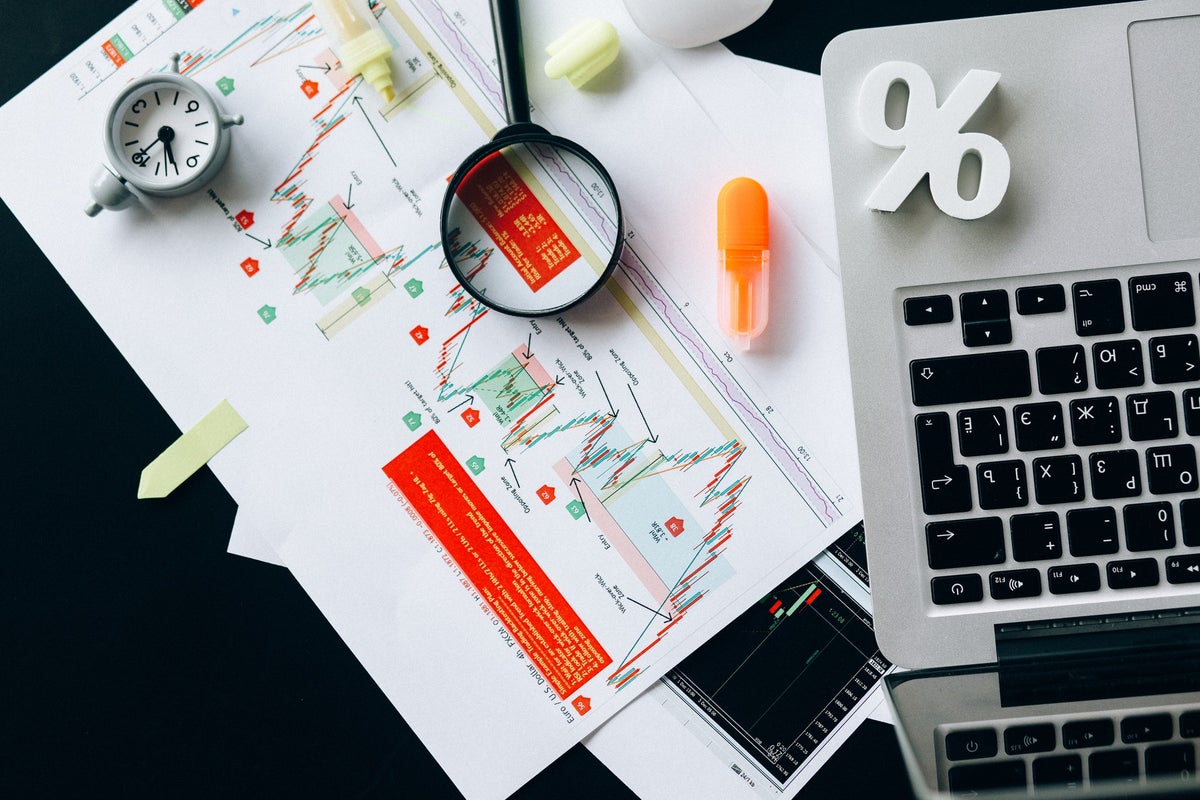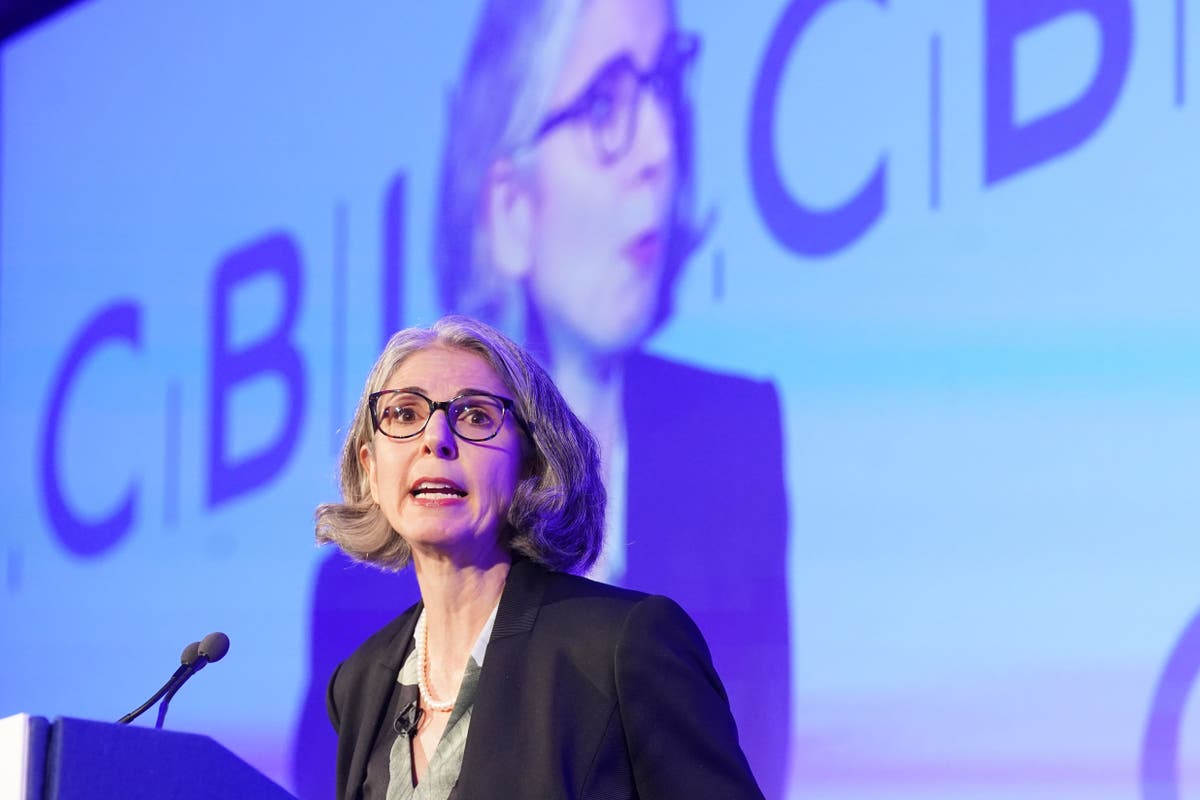Fitness
Fitness Startup OxeFit Raises $17.5 Million In Latest Round

Captain Dustin Johnson of 4Aces GC hits his shot from the second tee during the semifinals of LIV … [+]
OxeFit, a company that manufactures high-end fitness training systems, has secured $17.5 million in its latest fundraising round.
Entrepreneurs Dave Asprey and Anne Mahlum were among the first-time equity investors in the round, which brought the company’s total funding to more than $70 million since Rab Shanableh and Peter Neuhaus founded it in 2020. Shanableh would not disclose the company’s current valuation, but he said OxeFit has not had “a single down round” and its valuation has increased each time it raised money.
Mahlum is the founder of solidcore, a fitness company that has studios in 25 states and Washington, D.C. She sold her stake in the company last year to private equity firm Kohlberg & Co. for $88 million. Asprey, meanwhile, owns Upgrade Labs fitness centers in Idaho, Texas, Utah, Washington and Canada. He plans on installing OxeFit gyms in Upgrade Labs facilities.
Several professional athletes previously invested in OxeFit, including golfer Dustin Johnson, soccer player Harry Kane, Dallas Cowboys quarterback Dak Prescott and former hockey star Wayne Gretzky. While other startups often pay celebrities and athletes and provide them with equity in the company for endorsing their products, Shanableh claims OxeFit does not follow that model and does not give anyone preferred terms for their investments.
“We have not written a nickel to any celebrity,” Shanableh said. “They’re all invested into the company because it’s an instant validation of the technology. They really believe in it. They believe in the mission. They know what it’s about.”
OxeFit plans on using the additional funds to primarily enhance the company’s software, which is used in its two fitness equipment products (the XP1 and XS1) and incorporates artificial intelligence and other technologies to track people’s data and progress in achieving their goals.
The XP1 is geared towards fitness centers, rehabilitation facilities, sports training facilities, apartment buildings, hotels and other commercial properties, while the XS1 is smaller and intended for home use. People using the systems have access to more than 280 strength exercises and six cardiovascular exercises and Pilates. They pay thousands of dollars for the equipment and then an additional monthly fee to access the software, including an app and gaming system. Business customers account for about 35% of OxeFit’s users, while individuals account for the remaining 65%.
“Right now, it’s all about enriching the software — this is what this raise is about,” Shanableh said. “I think people are tired of buy a treadmill to replace a treadmill or buy a cable machine to replace a cable machine or buy a strength machine to replace a strength machine. It’s like a race to zero. Instead, why not work up the chain and work on the software to enrich what you have? And that’s been our mission from day one. We spent all the time to make sure the hardware is forward looking and most of our spend in (research and development) now is in enriching the software.”
Shanableh would not disclose how much revenue OxeFit generates, but he said sales have doubled in the past year. He expects revenue to increase by 50% to 100% over the next few years as more people find out about the XS1 and XP1, which are only sold online through the company’s website and not in stores.
OxeFit plans on raising an additional $20 million in the next few months, according to Shanableh, who added that the company has raised its money so far from individuals and family offices. However, Shanableh said OxeFit is now open to funding for the first time from traditional venture capital firms.
“We’re going to take a look at that,” he said. “This is not gym equipment. Yes, you can do the gym stuff on it, but if you care about sports, health care, data, AI, that’s OxeFit. So we gotta find the right partner in the VC community that wants to do that…Ultimately, we want to find the right people that support the mission of the company because we’ve got quite a bit of ways to go on the investment side and the (research and development).”









